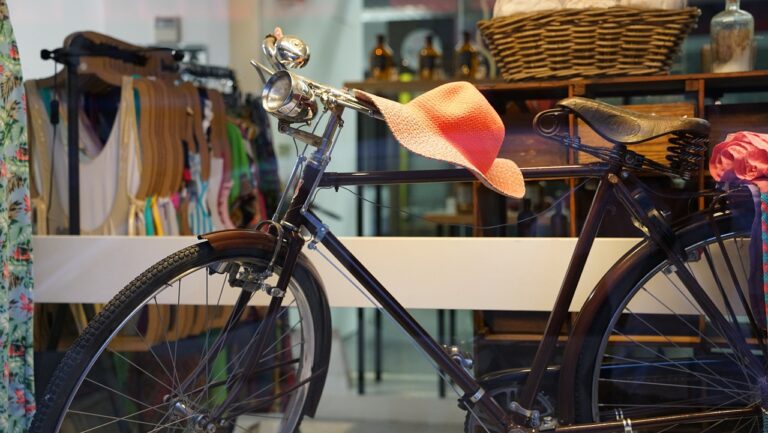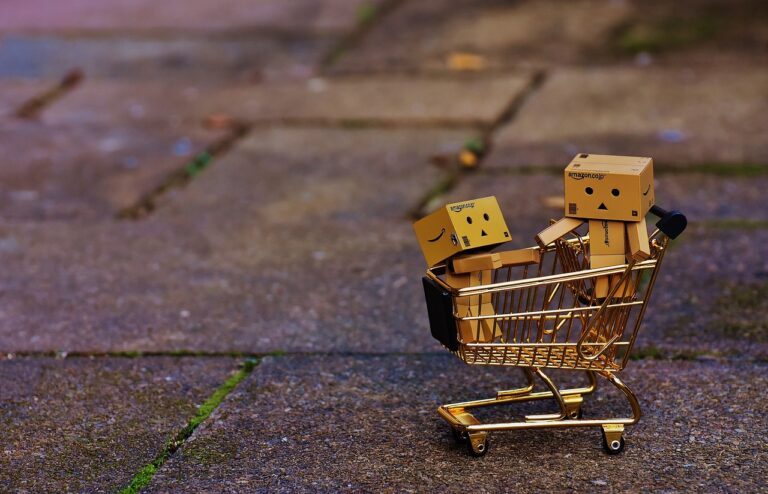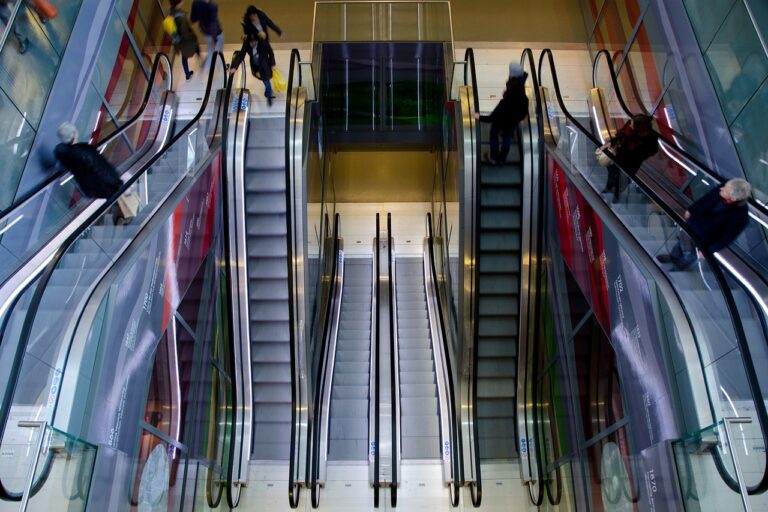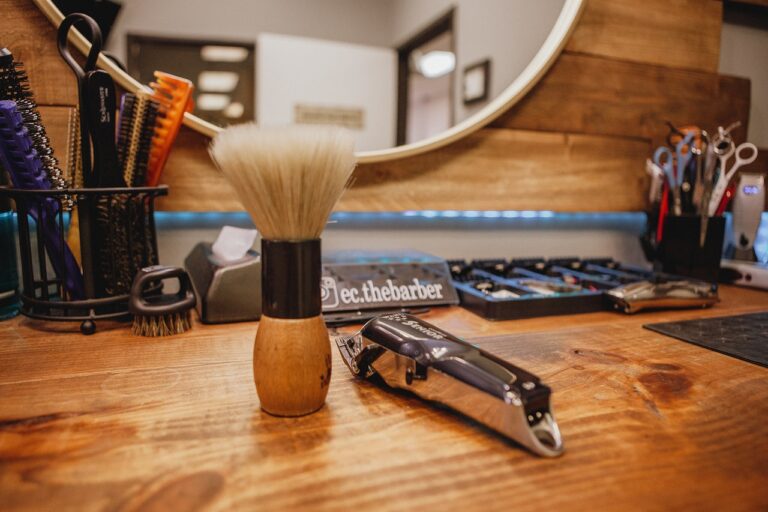The Evolution of Retailtainment: Creating Memorable Shopping Experiences
Experiential retail is revolutionizing the way consumers interact with brands and make purchasing decisions. Traditional brick-and-mortar stores are evolving to provide immersive experiences that go beyond mere transactions. Customers are seeking more than just products; they desire memorable moments and personalized interactions that create a lasting connection with a brand.
Retailers are realizing the importance of engaging all five senses to captivate consumers in a competitive market. From interactive displays and sensory elements to live demonstrations and workshops, experiential retail spaces aim to leave a lasting impression on visitors. By transforming shopping into a multi-sensory experience, brands can establish emotional connections that foster loyalty and drive repeat business.
The Impact of Technology on Shopping Experiences
In today’s retail landscape, technology plays a pivotal role in shaping the overall shopping experience. From advanced online platforms to in-store innovations, technology has revolutionized how consumers interact with brands. Virtual reality (VR) and augmented reality (AR) have made it possible for shoppers to visualize products in a more immersive way before making a purchase. These tools not only enhance the overall shopping experience but also bridge the gap between online and physical retail spaces.
Moreover, the rise of artificial intelligence (AI) has personalized the shopping journey for consumers. Through tailored recommendations and personalized marketing strategies, AI has enabled brands to connect with customers on a deeper level. Chatbots and automated customer service platforms have also transformed how shoppers seek assistance and support during their shopping experience. As technology continues to advance, retailers must adapt and leverage these tools to provide seamless and engaging shopping experiences for their customers.
Innovative Store Designs and Layouts
In the ever-evolving landscape of retail, store designs and layouts have taken center stage in captivating consumers and enhancing their shopping experiences. From dynamic and interactive displays to sleek and minimalist aesthetics, retailers are constantly pushing the boundaries of creativity to create memorable spaces that drive customer engagement.
Modern store layouts are strategically crafted to not only streamline the shopping journey but also to create an immersive environment that resonates with the brand identity. By incorporating elements such as experiential zones, pop-up installations, and digital touchpoints, stores are able to blur the lines between online and offline shopping, offering customers a seamless and personalized experience.
• Retailers are utilizing innovative store designs to create a unique and memorable shopping experience for customers
• Experiential zones within stores allow customers to interact with products in a hands-on way
• Pop-up installations and digital touchpoints bridge the gap between online and offline shopping experiences, creating a seamless journey for customers
What is experiential retail?
Experiential retail is a strategy that focuses on creating unique and memorable experiences for consumers in physical retail spaces.
How does technology impact shopping experiences?
Technology can enhance shopping experiences by personalizing recommendations, improving convenience through tools like mobile payments, and creating interactive experiences through virtual reality and augmented reality.
How can innovative store designs and layouts benefit retailers?
Innovative store designs and layouts can attract more customers, increase dwell time, improve brand perception, and ultimately drive sales.
What are some examples of innovative store designs?
Examples of innovative store designs include pop-up shops, interactive displays, experiential showrooms, and immersive environments that engage all the senses.
How can retailers stay competitive in the rapidly evolving retail landscape?
Retailers can stay competitive by staying on top of consumer trends, leveraging technology to enhance the shopping experience, and continuously innovating their store designs and layouts to meet changing consumer preferences.







